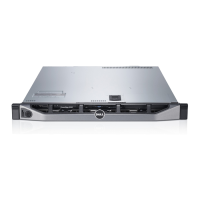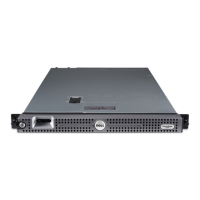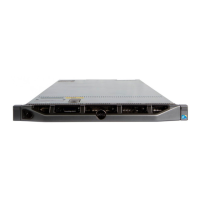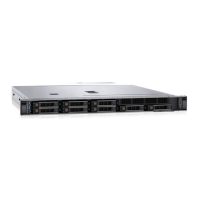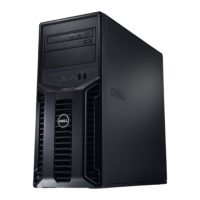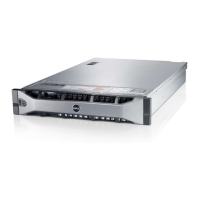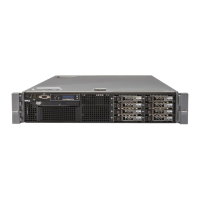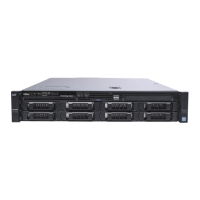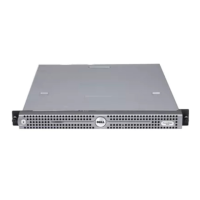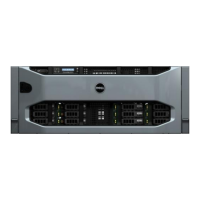NOTE: You can also update the system BIOS by using the Dell Lifecycle Controller.
5. Remove the cooling shroud.
NOTE: If applicable, close the expansion card latch on the cooling shroud to release the full length card.
6. If connected, disconnect the cables from expansion card(s).
7. If installed, remove the expansion card riser.
WARNING: The heat sink and processor are too hot to touch for some time after the system has been powered down.
Allow the heat sink and processor to cool down before handling them.
CAUTION: Never remove the heat sink from a processor unless you intend to remove the processor. The heat sink is
necessary to maintain proper thermal conditions.
NOTE: If you are installing a single processor, it must be installed in socket CPU1.
Steps
1. Unpack the new processor.
NOTE: If the processor has previously been used in a system, remove any remaining thermal grease from the
processor by using a lint-free cloth.
2. Locate the processor socket.
3. If applicable, remove the socket protective cap.
4. Release the open rst socket-release lever near the unlock icon by pushing the lever down and out from under the tab.
5. Similarly, release the close rst socket-release lever near the lock icon by pushing the lever down and out from under the
tab. Lift the lever 90 degrees upward.
6. Hold the tab near the lock symbol on the processor shield and lift it up and out of the way.
CAUTION: Positioning the processor incorrectly can permanently damage the system board or the processor. Be
careful not to bend the pins in the socket.
CAUTION: While removing or reinstalling the processor, wipe your hands of any contaminants. Contaminants on the
processor pins such as thermal grease or oil can damage the processor.
7. Align the processor with the socket keys.
CAUTION: Do not use force to seat the processor. When the processor is positioned correctly, it engages easily into
the socket.
8. Align the pin-1 indicator of the processor with the triangle on the system board.
9. Place the processor on the socket such that the slots on the processor align with the socket keys.
10. Close the processor shield.
11. Lower the close rst socket-release lever near the lock icon and push it under the tab to lock it.
12. Similarly, lower the open rst socket-release lever near the unlock icon and push it under the tab to lock it.
113
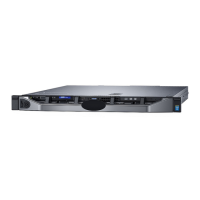
